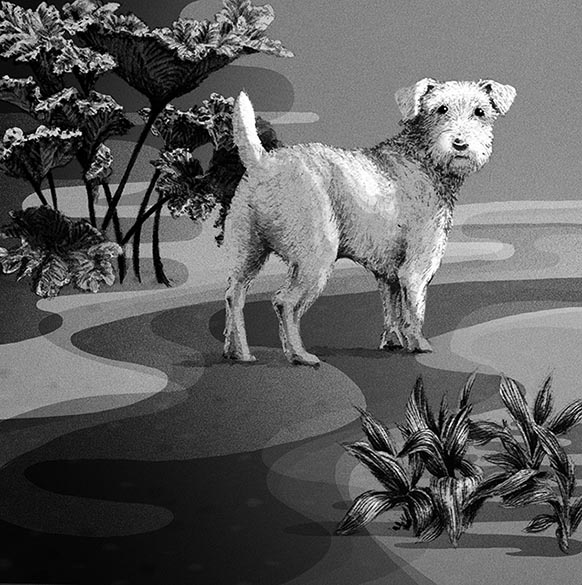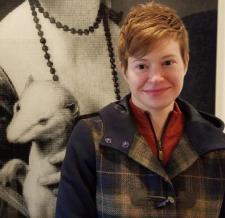On "Waiting for Andy"

I wrote “Waiting for Andy” in the spring of 2007, a particularly bleak season of my young adulthood. Having graduated from college a year earlier, I had just completed an editorial internship only to realize that editing wasn’t for me. How could I pursue my own writing if I spent all my energy helping other writers? I found myself lonely and jobless in New York City, uncertain what to do with my life. Knowing little beyond my need to write, I wrote a coming-of-age story featuring a Sealyham terrier and a teenage girl.
The first draft was imperfect. Still, I sent it out into the world, collecting rejections and the occasional note of encouragement. Months passed. What I came to call my “terrier story” remained resolutely homeless, even as I was thrilled to publish two other pieces I had written. With each rejection, I wrestled with the question of whether to revise, eventually making changes in the winter of 2008. I sent the new draft in spurts to other journals, but it fared no better. Attached to the story but feeling deflated, I moved on to other projects; perhaps the terrier story was not destined for print.
Meanwhile, my life took shape in fits and starts. I attended library school, hoping librarianship would be the ideal profession to complement my writing. Turning my attention to nonfiction, I wrote and published an autobiographical essay. Around the same time, in 2011, I traded the loneliness of New York for my native Cleveland. For the next few years I worked in libraries and bookstores, but—though I was surrounded by books—my own writing stalled. I fell into a creative dry spell. I’d endured plenty such spells before, but this one seemed deep and intractable in a way I had never experienced.
In 2014 I left the book world to work at a museum, a place where I knew I would stay. But the dry spell persisted, and a core part of my identity began to show cracks. Though writing wasn’t easy for me, it had always been my constant; while my career path zigged and zagged, writing furnished me with a steadfast sense of self. Now I felt unmoored, not sure I would ever write again.
Years passed. I tried, without success, to write another essay. Mostly I agonized and didn’t write at all. But through my existential crisis, something about the long-lost terrier story still resonated with me. Rereading it, I was surprised to find my confidence in the story’s premise and emotional impact undiminished with time. If only I could publish it—maybe I would be newly motivated to create. It was, finally, a close friend and fellow writer who persuaded me to rescue the story from oblivion. With her encouragement, I revised “Waiting for Andy” yet again and submitted it to a handful of journals in the fall of 2017.
This past spring, I returned to New York for a visit. While there, I encountered a Sealyham terrier—which, like the girl in my story, I had never seen outside of pictures. When I got home from the trip, I delightedly reported the sighting to my friend.
“It’s a portent,” she replied.
And she was right. Barely an hour later, I received my acceptance email from the North American Review. If it’s possible for an email to restore one’s sense of self, this email did just that for me. Eleven years had elapsed since I wrote the first draft of “Waiting for Andy,” but sometimes—as my narrator knows—waiting is exactly what it takes.
Illustration by: Catherine Byun
Recommended
Nor’easter
Post-Op Appointment With My Father
Cedar Valley Youth Poet Laureate | Fall 2024 Workshop






